Carlsen cannot stop winning
It has been a great online season for world champion Magnus Carlsen, who won no fewer than eight tournaments since April, which was enough to collect $470,750 during this period, as pointed out by Norwegian journalist Tarjei J. Svensen:
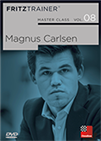 Scarcely any world champion has managed to captivate chess lovers to the extent Carlsen has. The enormously talented Norwegian hasn't been systematically trained within the structures of a major chess-playing nation such as Russia, the Ukraine or China.
Scarcely any world champion has managed to captivate chess lovers to the extent Carlsen has. The enormously talented Norwegian hasn't been systematically trained within the structures of a major chess-playing nation such as Russia, the Ukraine or China.
Carlsen's 2020 tournament earnings:
Magnus Carlsen Invitational: $70.000
Clutch Chess: $75.000
Steinitz Memorial: $4500
Lindores Abbey: $15000
Chessable Masters: $45.000
Legends of Chess: $45.000
Grand Final: $140,000
Chess 9LX: $31,250
Saint Louis Rapid & Blitz: $45,000
More importantly, though, the world champion proved that he is still motivated to continue to dominate the world of elite chess, even under these unique conditions. Carlsen won no fewer than eight tournaments in the last few months, four from his tour plus the Clutch Chess International, the Steinitz Memorial, the Chess 9LX Fischer Random event and now the Rapid & Blitz tournament organized by the Saint Louis Chess Club — he shared first place in the latter two.
Wesley So also had a good run during the “online era” — which is not quite over yet — winning the first Clutch Chess tournament, reaching the final of the Nations Cup with his national team and now sharing first place with Carlsen in this rapid and blitz event. Note that he did not participate in as many tournaments as the world champion, who had an incredibly busy schedule during the last six months.

No tiebreak
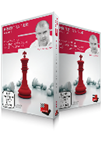 These DVDs are about Understanding Middlegame Strategies. In the first DVD dynamic decisions involving pawns are discussed. The second DVD deals with decision making process concerning practical play.
These DVDs are about Understanding Middlegame Strategies. In the first DVD dynamic decisions involving pawns are discussed. The second DVD deals with decision making process concerning practical play.For a second tournament in a row, we saw two players tying for first place and simply dividing the prize money and the accolades. The decision taken by the Saint Louis Chess Club comes after — although it is not clear if motivated by — the Grand Final of the Magnus Carlsen Tour was decided in Armageddon, when an incredibly hard-fought match with Hikaru Nakamura ended up being decided in a single blitz game.
As we have seen repeatedly in our comments sections, among other places, there are people who prefer to have a single winner no matter what, while others consider it to be unfair for things to be decided in a time scramble. It is very difficult to imagine this issue getting solved easily, as both sides of the aisle have provided good arguments to defend their stance.
In a couple of week’s time, the Norway Chess tournament will repeat its format from last year, with every single matchup being forcefully decisive — in case of a draw in the classical game, an Armageddon encounter follows. Meanwhile, in November, we will see the second half of the Candidates Tournament using a different approach as, in case of a tie for first place, tiebreak criteria will decide who gets a spot in the next World Championship match — the method that gave Carlsen his victory at the 2013 London Candidates, when he tied in first place with Vladimir Kramnik.
So’s final winning streak
While Carlsen was not as aggressive as he had been on the first day of blitz, So needed to rev up his game at the end of the tournament in order to catch up with the leader. The American got consecutive victories over Ian Nepomniachtchi, Levon Aronian and Pentala Harikrishna in rounds 16 to 18 to get the 24/36 score that allowed him to share first place.
After the tournament, So thanked Nepomniachtchi for declining his draw offer in the third-to-last round. As demonstrated throughout the event — and as the American himself confessed — it seemed like second place was enough for him, especially when Carlsen is in the field and in good form. Despite his humility, however, he proved that he can beat elite opponents using tactical means when the situation calls for it:
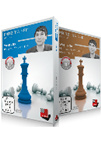 Wesley So published two new opening DVDs: 1.b3, the so called Nimzo-Larsen-Attack, for White and his black secrets in the modern Italian. Get them in a package and save money!
Wesley So published two new opening DVDs: 1.b3, the so called Nimzo-Larsen-Attack, for White and his black secrets in the modern Italian. Get them in a package and save money!
Black correctly went for 20...Bxg4 21.fxg4 Nexg4, and after 22.Qd4 c5 23.Qxd6 Qxd6 24.Rxd6 Nxe4 So was two pawns up in a stable position — White resigned five moves later.
Carlsen later commented:
I congratulate Wesley So on a fantastic tournament — he played solidly throughout, especially with his three consecutive wins. It was an overall amazing performance that you can only tip your hat to.
So was naturally satisfied with his result:
It is often hard to compete against Magnus for first place, and generally in these blitz games a lot of things can happen very quickly, so I’m grateful for today’s win.
Nakamura uses the ‘Bongcloud’ and gets third place
If we go back in time three days, we will note that So won the rapid section and it was actually Carlsen who caught up with him in the blitz, scoring 12/18 points on Friday and Saturday. Much like in the overall standings, the world champion shared first place in the blitz crosstable, in this case with Hikaru Nakamura.
‘Naka’ lost both in the rapid and in the first day of blitz against Carlsen, but managed to kick off the final day of action with a win over the world champion:
Carlsen’s 17...Ne7 was a mistake, as it allowed 18.Nxf6+ gxf6 and Black’s weakened king ended up giving White the win. The game continued 19.Kh1 Kh8 20.Rd3 (bringing the rook to an attacking position) Bxe4 21.Qxe4 d5 22.Qh4 Ng8 23.Rg3 and the world champion resigned.
That was the start of a great day for Nakamura, who ended up collecting four wins and five draws on Saturday. He even played a dubious second move — to say the least — against Jeffery Xiong in the final round:
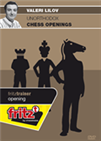 How many times have you been caught off guard by a seemingly inferior and unusual opening system that later turns out to be an especially strong one? Unorthodox openings can be a real asset to anyone’s opening repertoire and they often do not contain much theory, making them easy to master for your next important tournament.
How many times have you been caught off guard by a seemingly inferior and unusual opening system that later turns out to be an especially strong one? Unorthodox openings can be a real asset to anyone’s opening repertoire and they often do not contain much theory, making them easy to master for your next important tournament.
Nakamura played 2.Ke2 here and — after his young opponent failed to make the most of his large opening advantage — went on to win the game in 52 moves.
When the commentators mentioned that this is called the ‘Bongcloud’, Carlsen noted that the real ‘Bongcloud’ is actually 1.f3, 2.Kf2.
All games - Blitz
Final standings
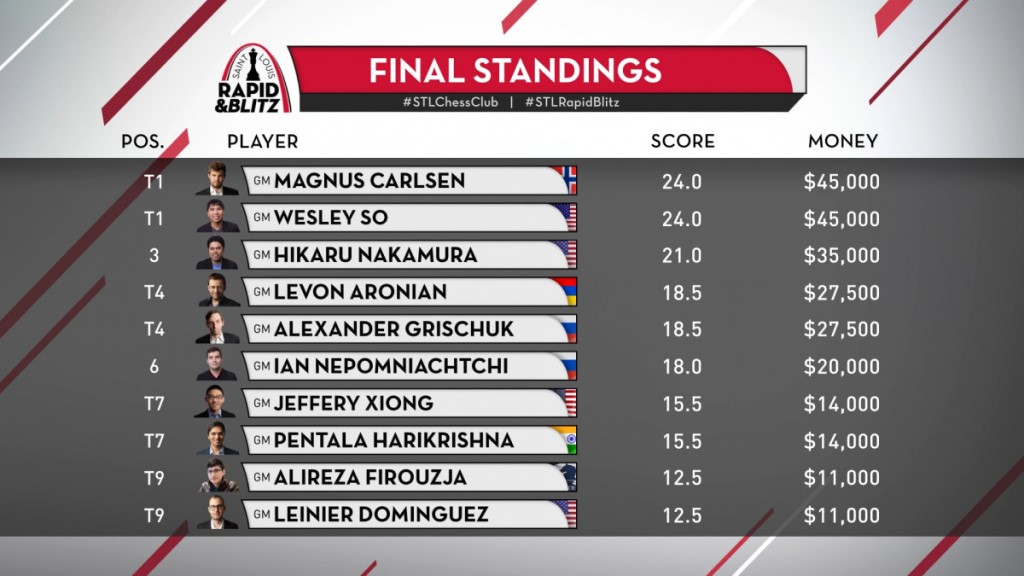
Click to enlarge
Final standings - Blitz
Final standings - Rapid
Links

























